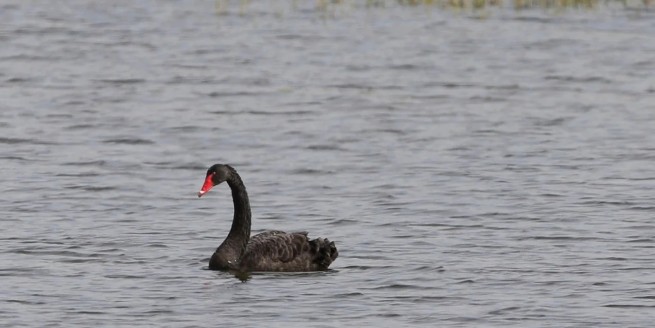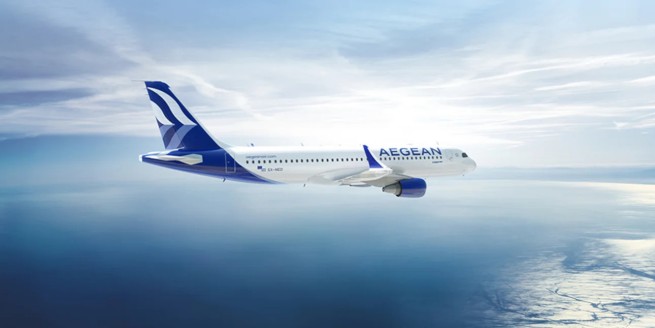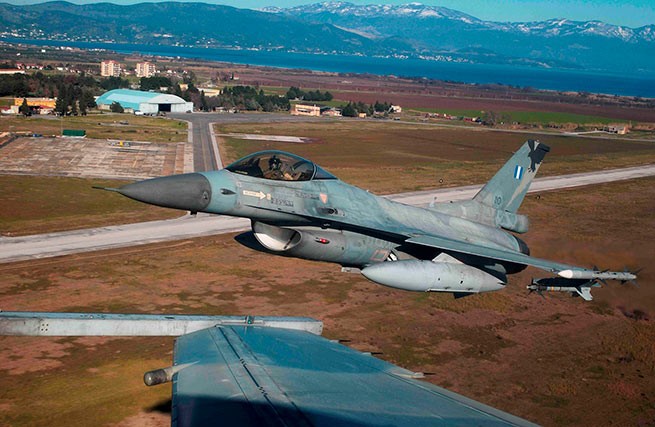At about 20:15, the first of three squadrons of the 111th Fighter Wing departed from Nea Anchialos Air Base. According to the publication pronews.gr, it was soon to be followed by the other two.
The situation remains critical at the Nea Anchialos air base, where about 70 F-16 Block 30 fighters and 50 Greek Air Forces are based.
As we already previously reported, personnel and pilots leave the air base to avoid further destruction. The problem is with the planes in basic maintenance, as they can neither be hidden in shelters, since they are filled with other aircraft, nor fly away on their own.
Earlier, an order was given to transfer from the 111th Fighter Wing of Nea Anchialos to the 110th Fighter Wing of Larisa those F-16s that are out of cover.
Αυτό που γίνεται σήμερα στην 111 Πτέρυγα Μάχης είναι αδιανόητο.
Μέσα σε δύο μέρες εκκενώσεις σε Λαμία και Νέα Αγχίαλο, ενώ καίγεται όλη η Ελλάδα εδώ και δύο εβδομάδες. pic.twitter.com/fBipMArLbj
— Ron McCloskey (@BballRegulator) July 27, 2023
Video of another explosion in ammunition depots
Ammunition depots located around the perimeter of the airport are subject to constant explosions, and there is still no official information on the number of detonated depots.
For obvious reasons, we do not have exact data on what weapons they contain. However, it is known that the 111IA is armed with AMRAAM and Sidewinder air-to-air missiles, AGM-88 HARM, AGM-65 Maveric and, of course, a large number of GBU 12/16 and, of course, Mk82/83/84 general purpose.
However, the situation is still critical as the fire continues to rage and is said to be moving closer to the airbase’s fuel depots.
Η στιγμή της έκρηξης στην Νέα Αγχίαλο. 😮😮#βολος #φωτιες pic.twitter.com/9riqbYVlLc
— Nik_Mp 😎 (@4r7qjp1C2S4EQZV) July 27, 2023
Radio Vera journalist Makis Theodorou made the following alarming statement to Mega: “There is no coordination. (…) If the fire reaches the fuel depots (at Nea Anchialos), we will fly to the moon tonight.”
According to pronews.gr, there is a plan to take off all (all 70) F-16 fighters in such an event in order to save the planes from the firestorm.
The 111th Fighter Wing has two concentrations of ammunition. The first, the so-called “Sponsorship A” (Χορηγία A*), is located inside the base and contains ammunition intended for immediate use. They are there so that they can be loaded directly onto aircraft that are in a state of combat readiness (readiness).
The second concentration (Χορηγία B) is located along the perimeter of the base at a greater distance from the main objects and contains a larger amount of ammunition. Explosions occurred in this area. These munitions are intended to be used both by the aircraft of the base and by other aircraft not belonging to the base but which may land there to be re-equipped. These include both Allied (NATO) aircraft and Greek aircraft, and even Mirage aircraft.
Dismantled anti-tank weapons are also stored in Χορηγία B for security reasons.
According to reports, the fire passed through this zone, destroying almost everything.
However, this does not guarantee that there will be no re-ignitions.
Therefore, an unofficial no-fly zone was established within a sufficient radius of this area. This is also the reason why no aerial fire equipment can fly, as a possible explosion could launch debris even as high as 3,000 feet (almost 1 km).
Even if the fire in the area is completely extinguished (a curfew has been introduced within a radius of 3 km), the entire territory of the base will need to be checked and secured. The slightest vibration can lead to the explosion of “sensitized” ammunition created as a result of the prevailing conditions. Explosives experts will be appointed, when conditions are deemed appropriate, to test both Χορηγία “B” and Χορηγία “A” to determine the security of the area.
A typical example of how sensitive this area is considered to be is the fact that security protocol requires those approaching it to move only on a bicycle in order to eliminate the slightest possibility of vibration.







More Stories
Greek mafia: photographs of eight arrested released
"Bloody" fountain on May 1
They cut it off or bit it off, but… part of the ear is missing